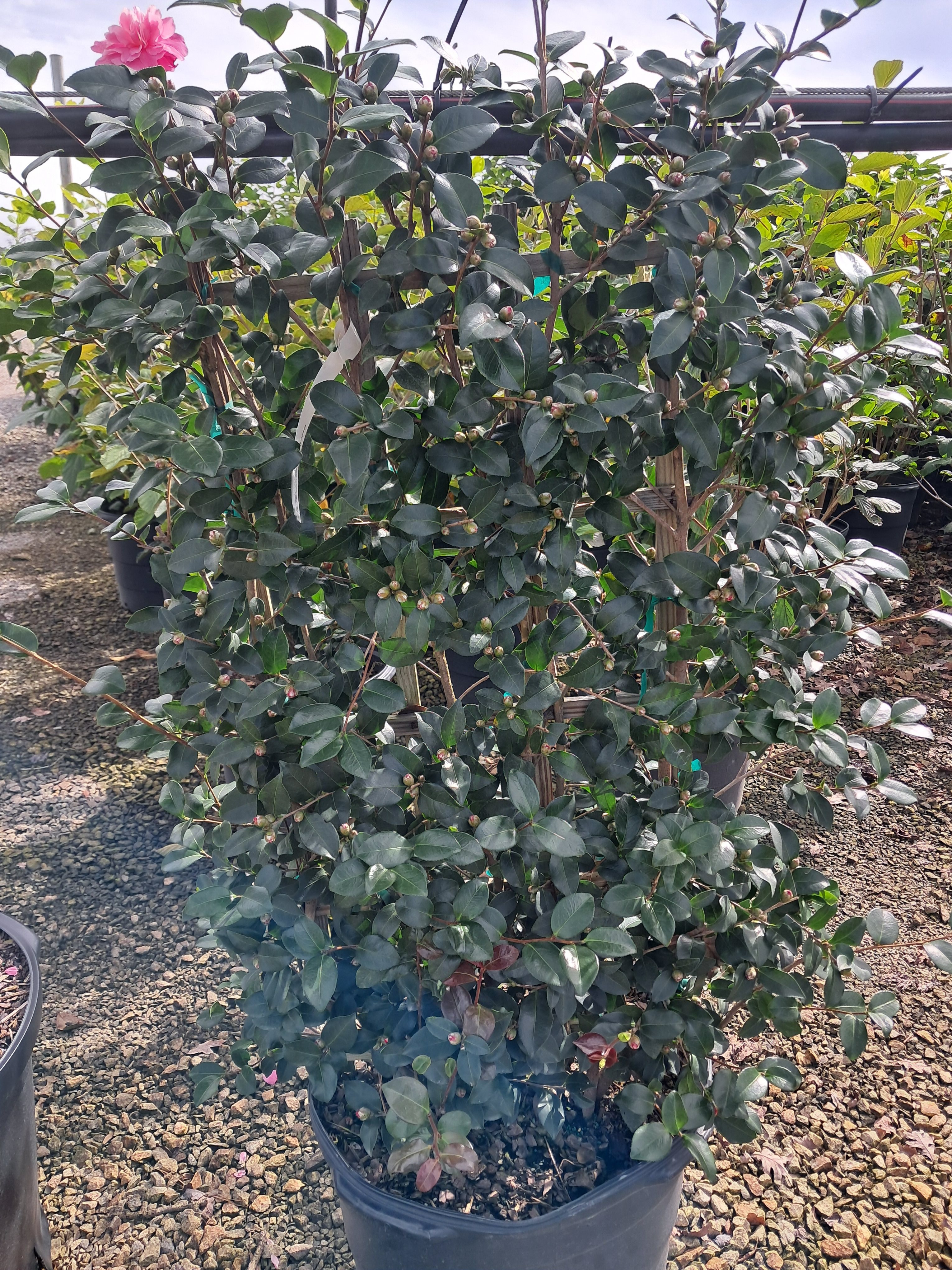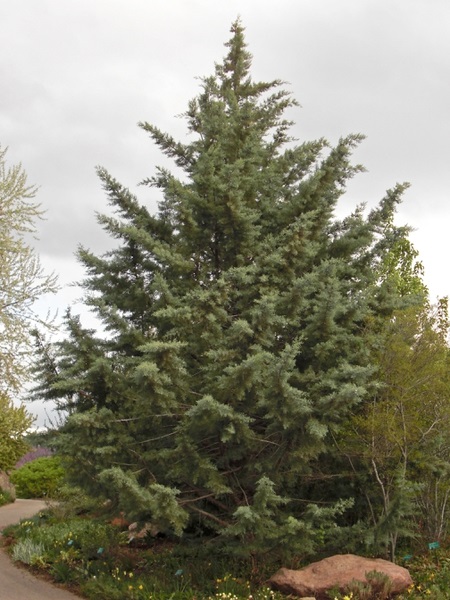919-552-8286
sales@adcocksnursery.com

Grows 10' - 20' ht & sp
A tropical evergreen shrub with a rounded, compact form that makes a great street tree and is resistant to damage by deer. Can also be used as a screening plant that will attract hummingbirds and bees.
The leaves have an interesting leathery, veiny, and toothed shape. The top is smooth while the bottom is downy, with short hairs.
Loquats usually do not fruit in NC because of its cold sensitivity. If the temperature falls below 28 degrees F, the late fall through winter blooms or fruit likely will not survive. The tree itself can survive in temps down to about 10 degrees F.
Photo Credit: NC State Extension

Grows 5' - 6' ht. & sp.
What a beautiful flower this Camellia has! Autumn Spirit is a hybrid between C. oleifera x C. sasanqua and deserves to be a focal point of any garden. It's bright and deep pink peony-shaped blooms are an intense show-stopper, and show up early in the season.
Like most sasanquas, they prefer slightly acidic and moist, rich soil that is well-drained, and they could use a little protection from the brutal afternoon summer heat.
Our plants are espaliered, but these would work well as a corner foundation plant, screen or even in a container.
Photo Credit: NC Extension

Grows 40 to 60 feet tall and 15 to 20 feet wide
Carolina Sapphire Cypress (also called Arizona Cypress) is an elegantly tall, wide, and evergreen tree that grows best in full sun and well-drained soil. It is moderately drought and salt-tolerant and needs little water once established. Built for the brutal heat of North Carolina summers.
The foliage has beautiful, silvery-blue to teal coloration year-round, and the bark is gray to brownish-black. The branches are sturdy but have a lacy appearance and its aroma and color interest make a great display in holiday greenery.
Carolina Sapphire Cypress is relatively trouble-free and moderately deer-resistant, making it a good choice for screening when compared to other fast-growing evergreen choices. It can be used as a specimen tree or for windbreaks.
Photo and Copy Credit: NC State Extension